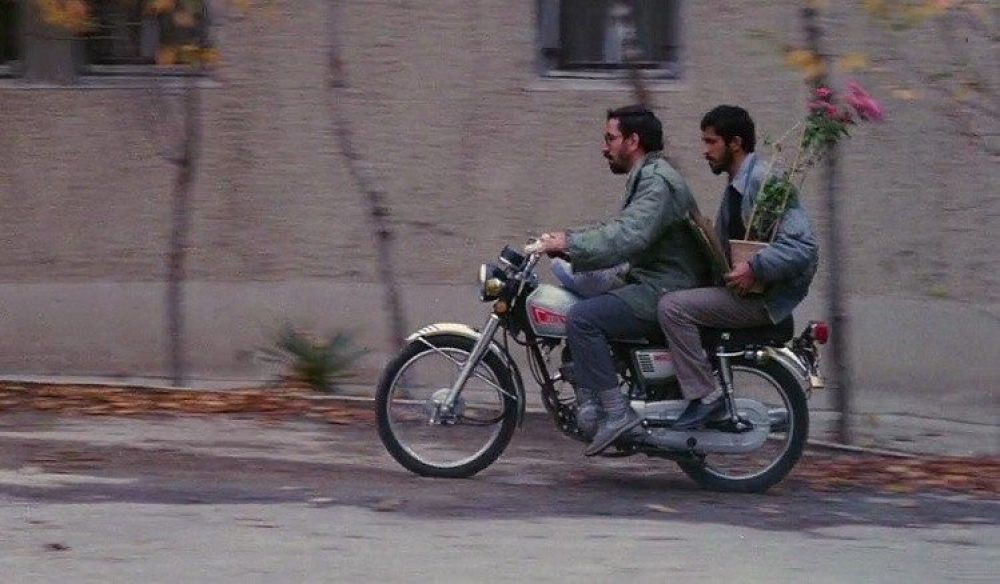In determining “on what basis, modernity?” through the context of Tabaar’s text, I am not convinced that the answer lies “with the cleansing influence of the sacred” (as represented by the faqih) or “the consent of the ruled.” There has to be some force mediating between the two; in the Iranian case this is the complex bureaucratic state apparatus that, as discussed in class, would be exceedingly difficult to undermine even in the event of a leadership coup or crisis.
Did Khomeini use power as a tool for implementing religion or religion as a tool for attaining and maintaining power? Tabaar clearly illustrates that it is the latter, most forcefully through his explanation of how Khameini rose to leader despite his lack of religious qualifications. On page 200, Tabaar tells us that “Velayat-e Faqih followed politics as opposed to the other way around.” If modernity is a curve, to me this is a natural step in said curve’s progression. It is not the blind following of religion (which “Westoxified modernity” so scorned) nor is it trust in a realm of pure reason not anchored in any religious or moral virtue. Instead it represents the use of human rationalization to pragmatically combine religion with a modern political system to satisfy various factions and consolidate power. “The cleansing influence of the sacred” was manipulated to manufacture the “consent of the ruled,” thus creating a functioning system ostensibly rooted in religious values yet also considered a republic. This, of course, is very Machiavellian.
The power of the Iranian regime perhaps lies in the fact that there is not just one “reasoning individual” who has seen the light outside the cave and disperses the knowledge it provided. Rather, there are multiple leaders (e.g. Rafsanjani and Khameini and the members of various Councils) who derive their legitimacy from different sources and thus, when united in a given message, can be very difficult to refute. For example, the Assembly of Experts, Rasfajani, and certain Ayatollahs all used Islam in justifying the choice of a Supreme Leader that could be seen as breaking with recent Islamic tradition in the country. Through a concentrated campaign to publicly perpetuate Khameini’s legitimacy, they were able to effectively “re-craft” the state in Khomeini’s absence.
Iran, Islam, and the Last Great Revolution Fall 2018
Professor Malekzadeh

Discover the future of urban living with our carefully curatied مشاريع القاهرة الجديدة , designed to elevate the lifestyle of modern residents seeking a blend of luxury, comfort, and convenience. Situated in one of the most sought-after locations in Egypt, New Cairo is a vibrant hub that offers a unique blend of contemporary architecture, expansive green spaces, and world-class amenities.
[URL =https://mamlakaservices.com/%D8%B4%D8%B1%D9%83%D8%A9-%D8%B5%D9%8A%D8%A7%D9%86%D8%A9-%D9%85%D9%83%D9%8A%D9%81%D8%A7%D8%AA-%D8%A8%D8%A7%D9%84%D8%B1%D9%8A%D8%A7%D8%B6/]شركة صيانة مكيفات بالرياض[/URL]is one of the leading companies in the field of air conditioning maintenance in the Kingdom of Saudi Arabia. The company provides distinguished and highly efficient services for the maintenance of all types of air conditioners, including split air conditioners and central air conditioners.
شركة صيانة مكيفات بالرياض
شركة خدمات المملكة هي إحدى الشركات الرائدة في مجال صيانة مكيفات الهواء في المملكة العربية السعودية. توفر الشركة خدمات متميزة وعالية الكفاءة لصيانة جميع أنواع المكيفات، بما في ذلك مكيفات السبليت والمكيفات المركزية.
شركة تنظيف مكيفات السبلت بالرياض
شركة تنظيف مكيفات السبلت بالرياض
وكيل مكيفات فوجي
الغاز الضاحك للاطفال
Religious Statecraft: The Zenith of Modernity? | Iran, Islam, and the Last Great Revolution Fall 2018
I totally agreed with your read of Tabaar that religion was instrumentalized to attain and maintain power. I’m not totally sure I agree that religion was combined with a political system here, however. It seems to be that religion, rather than being something that was co-equal to politics, is an instrument of it. Many of the actions of the Iranian elite are seemingly justified and legitimized to the people ex post facto with religion rather than being primarily informed by these considerations.